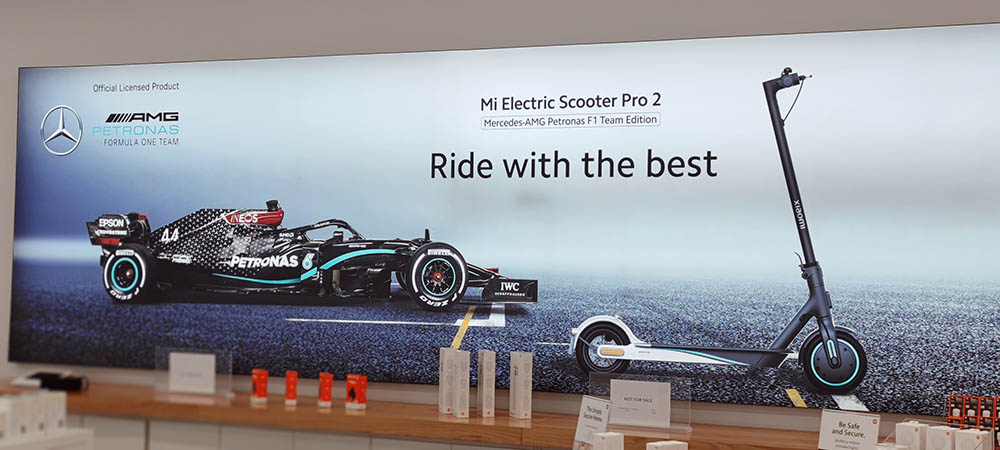Terry Greenwood, Partner Candezent Advisory, recently led a complex programme of work to bring Xiaomi branded retail stores to the UK.
The first store opened in July 2021 and several more are now planned.

Terry has also written some further lessons for both brands and retailers which we’ve shared here:
Projects like these are fascinating, frustrating enjoyable and – assuming the right outcome – very satisfying. They also provide some excellent learning opportunities for all the key players. The salient points that I think those involved took from this project are:
Cultures
Clashes are inevitable when trying to marry businesses from different parts of the world with differing ways of operating and sophistication. This must be expected, and a key part of the consultant’s role is to navigate these tensions. Enabling compromises to be reached is critical and must be tackled very early in the project.
This project combined a young but very successful and self-confident brand which had grown in developing markets with a retail team very knowledgeable in their mature market and significantly more developed in the management of issues, contractors and people in general. Accepting at the outset that this combination would likely lead to friction meant that processes were put in place at the outset to deal with these matters.
Timing
Managing time expectations is critical in a project where everyone is racing to get the store open and the brand out there. There is also a cultural element to this. Understanding that some elements are simply outside the consultant’s control is key. These usually revolve around third party contactors and support teams.
It is important not to let enthusiasm for getting the doors open compromise operational readiness to start the business, as this will inevitably lead to it operating below expectations – highly damaging to all parties. The key is to manage timelines and expectations.
Understand each other’s critical objectives
When different partners with different cultures are combining, critical objectives may well be somewhat different. It is important not to assume that agendas are always aligned. Neither are objectives only commercial. They may also be political and highly visible within organizations. As an example, in this project the brand team was under understandable pressure to use a newly introduced logo while, for the retailer partner, this was a secondary consideration compared to the need to focus on staff recruitment and training. Both objectives are legitimate of course and both represent key activities for different reasons. As such, neither can be dismissed, so other less emotional or business critical issues must be deprioritized.

Managing these 3 key considerations proved critical to the success of this project in terms of the end deliverable – a first store successfully opened – as well as to the relatively smooth delivery of this success. As the arbiter of compromise in a project with multiple stakeholders, the lead consultant will often be seen as the barrier to the objectives and requirements of one side or the other. That is just how it is. My advice: be ready, get stuck into the detail and wear a tin hat!
The full case study is also available here:
